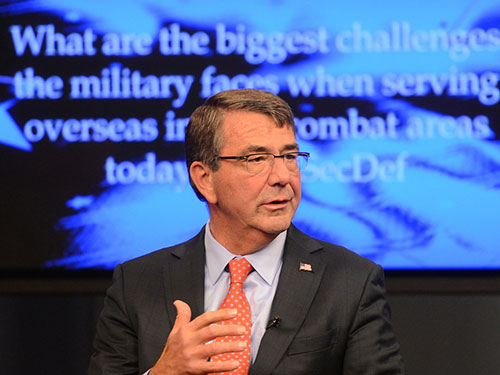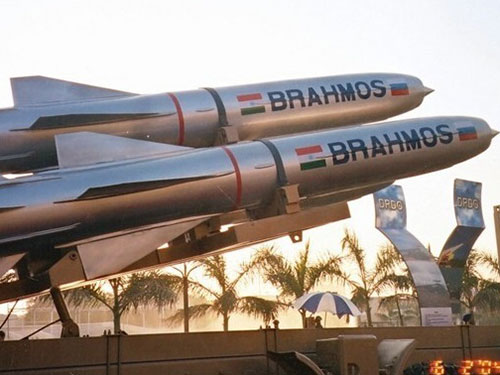
This interview was originally published by War on the Rocks on 19 November, 2015.
How will the U.S. military stay competitive? This is about far more than platforms, bombs, and guns. It is fundamentally about people. And with archaic personnel systems plaguing the armed forces and the Department of Defense, our talented young men and women are being drawn away into the private sector in Silicon Valley and on Wall Street. Secretary of Defense Ash Carter sat down with WOTR’s Ryan Evans to talk about the Force of the Future initiative – a sweeping program of reforms that aims to bring the Department of Defense into the 21st Century in terms of how it manages its most important asset: human beings.




